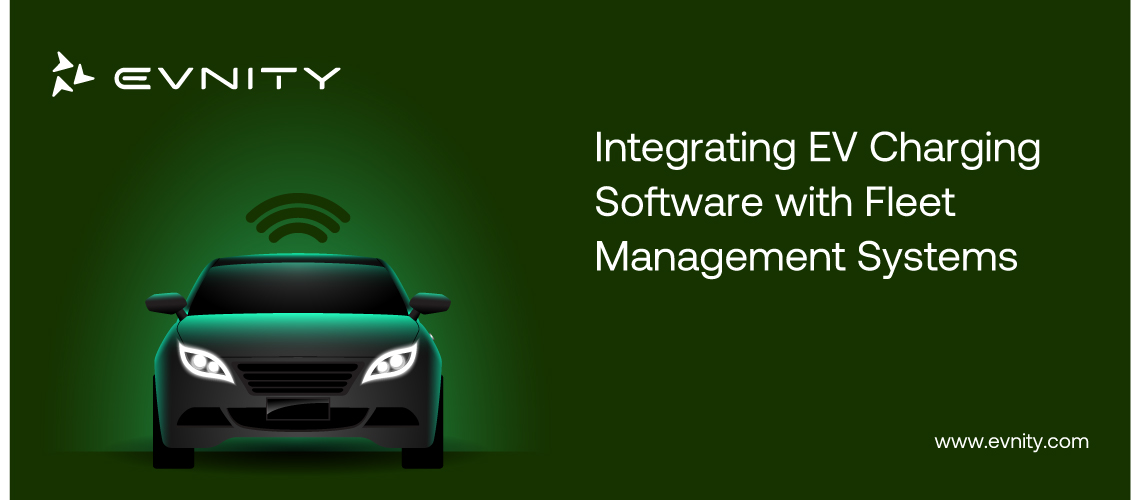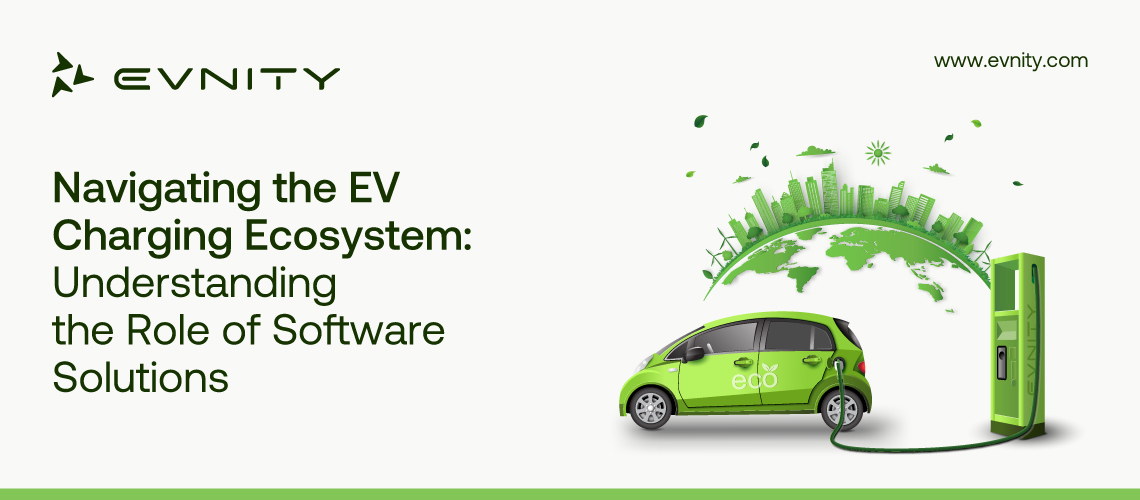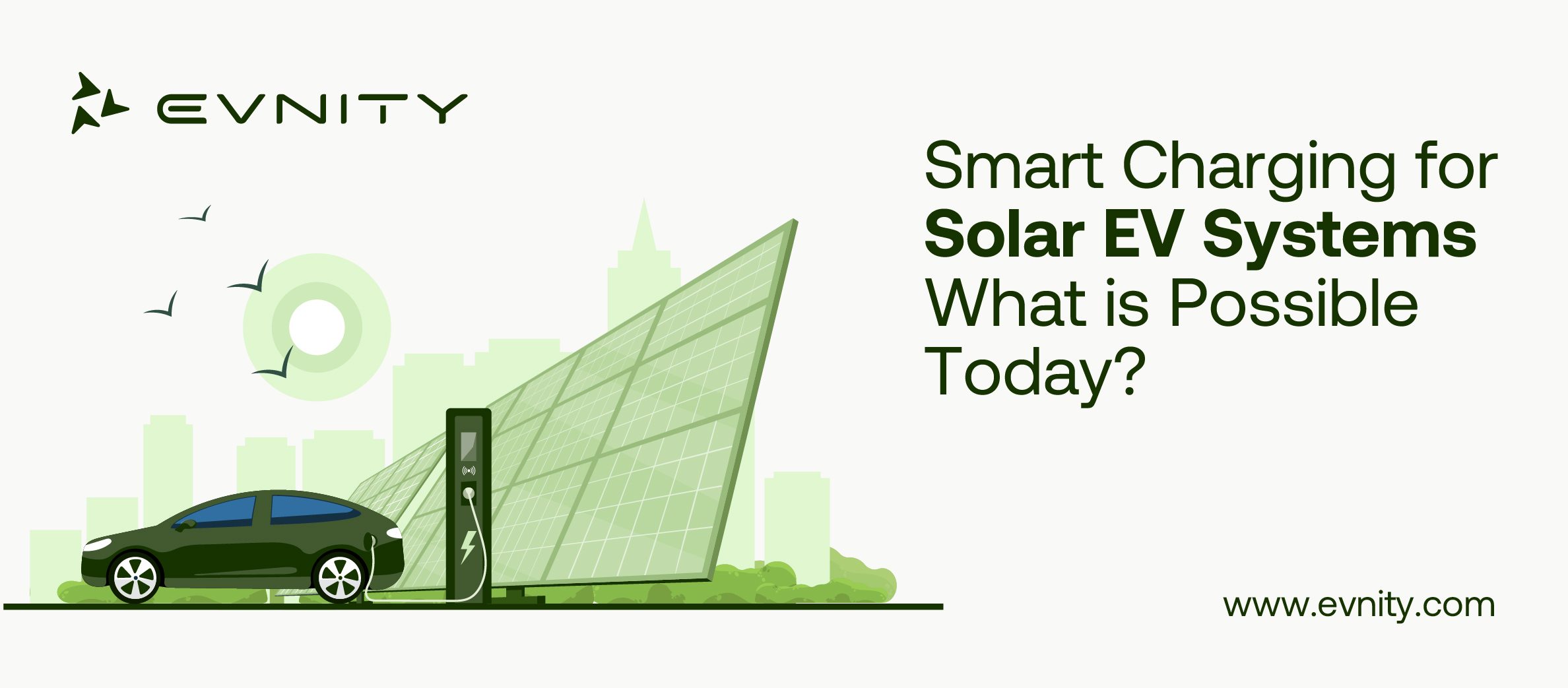Environmental considerations, soaring petroleum prices, government subsidies, and cheaper ownership costs are driving factors in the adoption of electric vehicles. A dependable charging infrastructure is necessary for the EVCI sector to grow to simplify long-distance travel, increase user convenience, and hasten electric mobility. Stakeholders may aid in the creation of a sustainable transportation future by making wise decisions and comprehending the crucial elements of EV charging infrastructure development. This article discusses current trends and best practices.
Understanding EV Charging Infrastructure
The network of auxiliary equipment and charging stations necessary for recharging electric cars is called EV charging infrastructure. EV charging software and platforms have several technologies and charging equipment that simplifies getting electrical energy to the battery. The significant elements of an EV charging infrastructure are called EVSEs or chargers, and they may be installed in various places, including streets, neighborhoods, companies, and public parking lots. Supporting tools and technology, such as administration and monitoring systems, let operators gather data on user behavior, improve charging processes, and perform remote maintenance and repairs. These programs ensure the charging station network functions appropriately and offers consumers a flawless charging experience.
Types Of EV Chargers
Level 1 Chargers (AC)
Level 1 chargers are accessible and reasonably priced; they use a 120-volt AC wall outlet to power a car's battery. With a range of 2 to 5 miles (3 to 8 kilometers) per hour, they are appropriate for overnight or long-term parking. Most electric cars feature level 1 chargers that don't require any special equipment or setup.
Level 2 Chargers (AC)
Level 2 chargers provide higher charging speeds and need a specific AC outlet with additional power.
Level 2 software for EV charging stations is typically found in workplaces, homes, and the public. They may reduce charging times by 25-30 miles/40-50 kilometers per hour. Installing Level 2 chargers frequently necessitates expert help, and electrical adjustments may be necessary to handle more significant power usage.
Level 3 Chargers (DC)
Level 3 chargers provide the quickest charging rates, sometimes called DC fast or rapid chargers, which may increase an electric vehicle's range by up to 200 miles (320 km) in 30 minutes. These chargers frequently cost more to install and need more technological infrastructure.
Planning Your EV Charging Infrastructure
Consider the target market, market research, and elements like charging station number, variety, and distribution when building EV charging software and platforms infrastructure. For the best sites, consider accessibility, electricity availability, and parking availability. Create a thorough schedule and budget that considers installation expenses, equipment purchases, licensing requirements, and maintenance to lay a solid basis for future EV charging infrastructure growth.
Legal And Regulatory Concerns
Understanding, following, and securing authorization from authorities is essential to developing an EV charging infrastructure. Construction and operation can be sped up by consulting with local authorities and considering the environment. A responsible and sustainable transportation future requires putting legal compliance, licensing, and mitigating environmental effects at the top of the priority list.
Finding The Right Tech Partner
Tech businesses provide cutting-edge software solutions for better performance, load management, and user experience, which greatly aid in developing EV charging infrastructure. Working with a well-known IT company provides scalability, ongoing innovation, and cutting-edge infrastructure. A more effective operation and lower maintenance expenses result from experienced partners managing software upgrades, automating procedures, and reducing maintenance efforts.
Selecting The Right Technology And Design
The choice of appropriate charge point operator software must consider scalability, compatibility, and speed to create an efficient EV charging infrastructure. Load control, demand response, and connection with renewable energy sources are all made possible by innovative charging technologies, which optimize the charging process. Professional installation services ensure everything is installed correctly, while periodic maintenance, predictive maintenance, and remote monitoring minimize downtime and boost customer satisfaction. Flexible and scalable infrastructure may suit shifting EV demands and facilitate expansion.
Payment Systems And User Experience
Offer a range of payment alternatives, including subscription-based and pay-as-you-go options, to accommodate varied user preferences. By connecting with mobile applications or payment platforms, you may enhance the consumer experience. Make user-friendly websites or mobile applications that allow EV owners to search, reserve, track, and transmit money. Put customer service first to provide a smooth user experience that encourages EV adoption and brand loyalty. To promote inclusion and improve the EV charging experience, take accessibility into account while designing the infrastructure of charging stations, including parking convenience, clear signage, and user-friendly interfaces.
Conclusion
A dependable EV charging infrastructure is essential for the widespread usage of EVs to solve range anxiety, long-distance travel, and sustainable transportation. Stakeholders invest in charging infrastructure to help the EV industry and lessen its environmental effect. Considering user requirements, policies, and cooperation with technology partners is crucial. Continuous innovation and research are essential for organizations to adapt to new technologies, governmental changes, and market trends.


